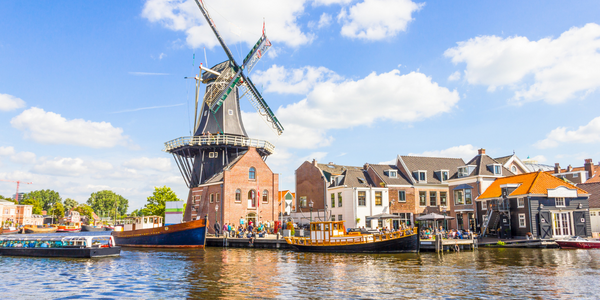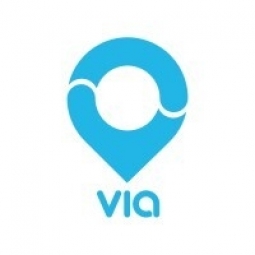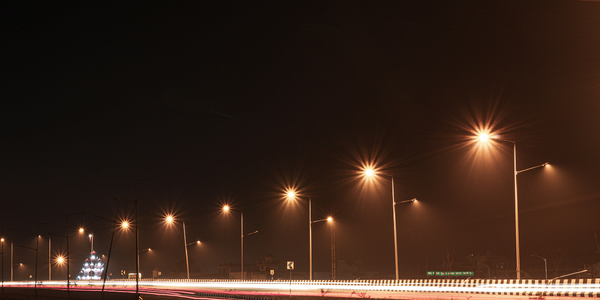适用行业
- 城市与自治市
- 运输
用例
- 驾驶员表现监测
- 人员跟踪与监控
服务
- 系统集成
关于客户
本案例研究中的客户是中北地区交通区 (NCRTD),它是新墨西哥州北部的一家公共交通提供商。 NCRTD 在占地约 10,000 平方英里的广阔农村地区开展业务,将全州的小城市、农村社区和原住民村落连接起来。该地区提供固定路线和需求响应型巴士服务的组合,以满足其服务社区的多样化交通需求。然而,由于 COVID-19 大流行和司机短缺,该地区在管理运营方面面临重大挑战,导致路线取消和整合。
挑战
位于新墨西哥州北部农村地区的中北部地区交通区 (NCRTD) 在提供约 10,000 平方英里的广阔区域的交通服务方面面临着重大挑战。该地区连接着圣达菲和陶斯等小城市、农村社区和全州的原住民村落,运营着固定路线和按需响应的巴士服务。然而,COVID-19 大流行扰乱了需求模式,司机短缺导致路线取消和整合。结果,NCRTD 团队发现自己每周都要修改路线,如果没有先进技术的帮助,这项任务几乎不可能在如此庞大而复杂的系统中有效管理。
解决方案
NCRTD 采用了 Remix,这是一种技术解决方案,大大减少了工作人员进行路线修改所需的时间。借助 Remix,一名员工只需一天即可完成一年两次的服务重新投标流程,而此前该流程需要员工一个月的时间。该技术自动识别手动计划和调度过程中常见的错误。这种效率使 NCRTD 能够根据社区的需求和要求进行更频繁的更改。此外,Remix 的轮班和花名册更好地利用了 NCRTD 有限的司机库,使该机构能够将其网络所需的司机轮班数量减少 20%。因此,NCRTD 的交通系统变得更加高效和灵活,可以应对未来的任何挑战。
运营影响
数量效益

Case Study missing?
Start adding your own!
Register with your work email and create a new case study profile for your business.
相关案例.

Case Study
Turning A Stadium Into A Smart Building
Honeywell created what it called the “intelligent system” for the National Stadium in Beijing, China, turning the venue for the opening and closing events at the 2008 Summer Olympics into a “smart building.” Designed by highly controversial artist Ai Weiwei, the “Bird’s Nest” remains one of the most impressive feats of stadium architecture in the world. The 250,000 square meter structure housed more than 100,000 athletes and spectators at a time. To accommodate such capacity, China turned to Honeywell’s EBI Integrated Building Management System to create an integrated “intelligent system” for improved building security, safety and energy efficiency.
.png)
Case Study
Smart Street Light Network (Copenhagen)
Key stakeholders are taking a comprehensive approach to rethinking smart city innovation. City leaders have collaborated through partnerships involving government, research institutions and solution providers. The Copenhagen Solutions Lab is one of the leading organizations at the forefront of this movement. By bringing together manufacturers with municipal buyers, the Copenhagen Solutions Lab has catalyzed the development and deployment of next-generation smart city innovations. Copenhagen is leveraging this unique approach to accelerate the implementation of smart city solutions. One of the primary focus areas is LED street lighting.

Case Study
Airport SCADA Systems Improve Service Levels
Modern airports are one of the busiest environments on Earth and rely on process automation equipment to ensure service operators achieve their KPIs. Increasingly airport SCADA systems are being used to control all aspects of the operation and associated facilities. This is because unplanned system downtime can cost dearly, both in terms of reduced revenues and the associated loss of customer satisfaction due to inevitable travel inconvenience and disruption.

Case Study
IoT-based Fleet Intelligence Innovation
Speed to market is precious for DRVR, a rapidly growing start-up company. With a business model dependent on reliable mobile data, managers were spending their lives trying to negotiate data roaming deals with mobile network operators in different countries. And, even then, service quality was a constant concern.

Case Study
Buoy Status Monitoring with LoRa
The Netherlands are well-known for their inland waterways, canals, sluices and of course port activities. The Dutch Ministry of Infrastructure indicates that there are thousands of buoys and fixed items in and near water environments that would profit from IoT monitoring. One of the problems with buoys for example, is that they get hit by ships and the anchor cable breaks. Without connectivity, it takes quite some time to find out that something has happened with that buoy. Not to mention the costs of renting a boat to go to the buoy to fix it. Another important issue, is that there is no real-time monitoring of the buoys at this moment. Only by physically visiting the object on the water, one gains insight in its status.








